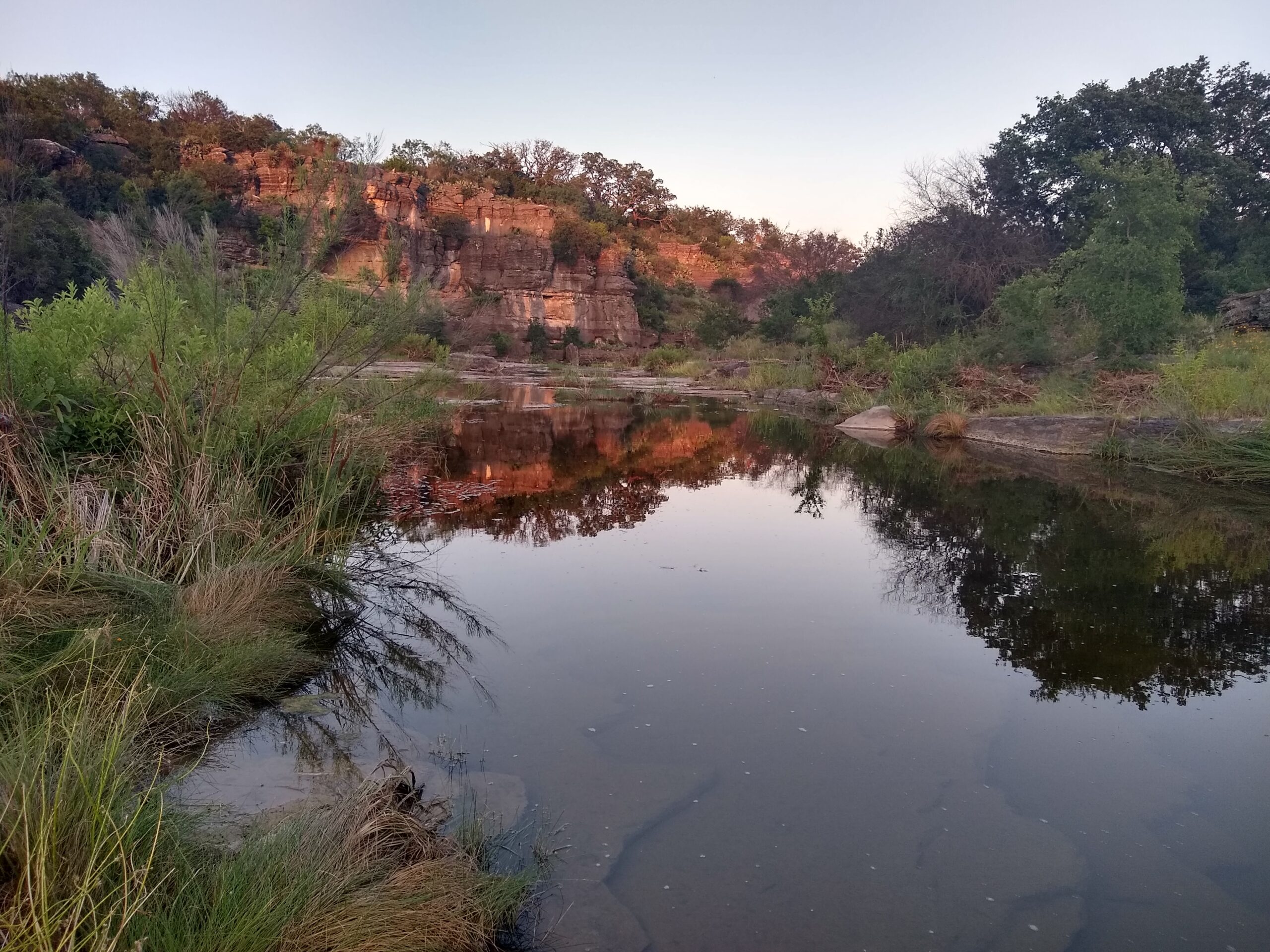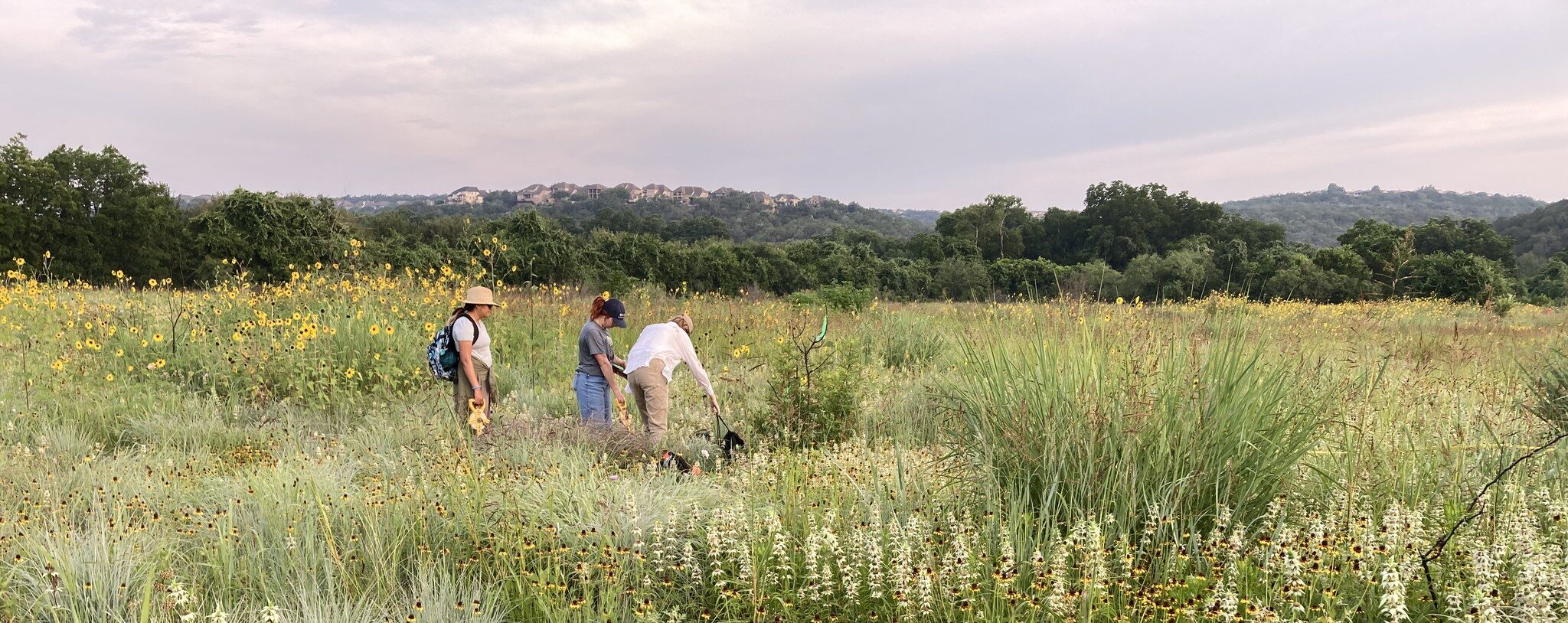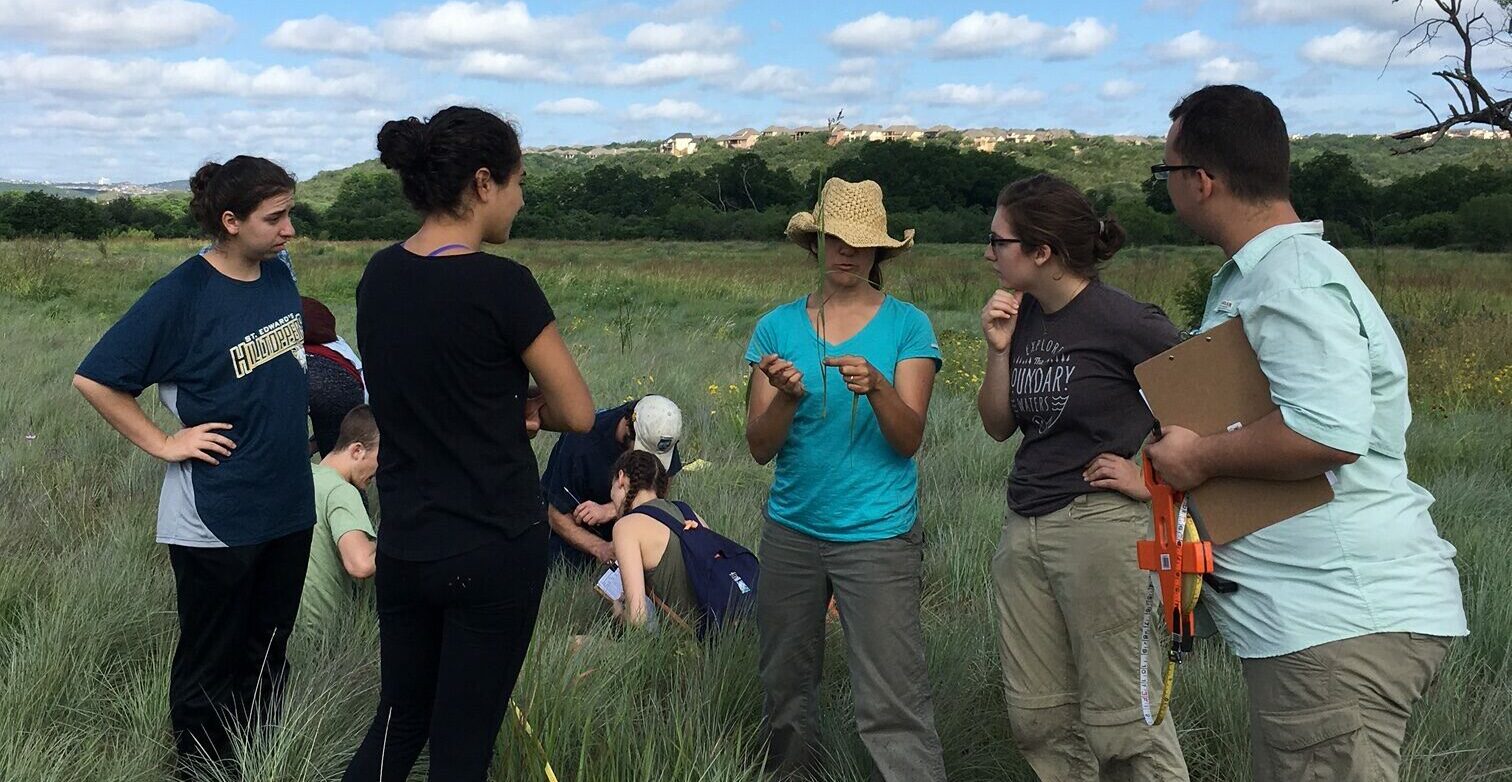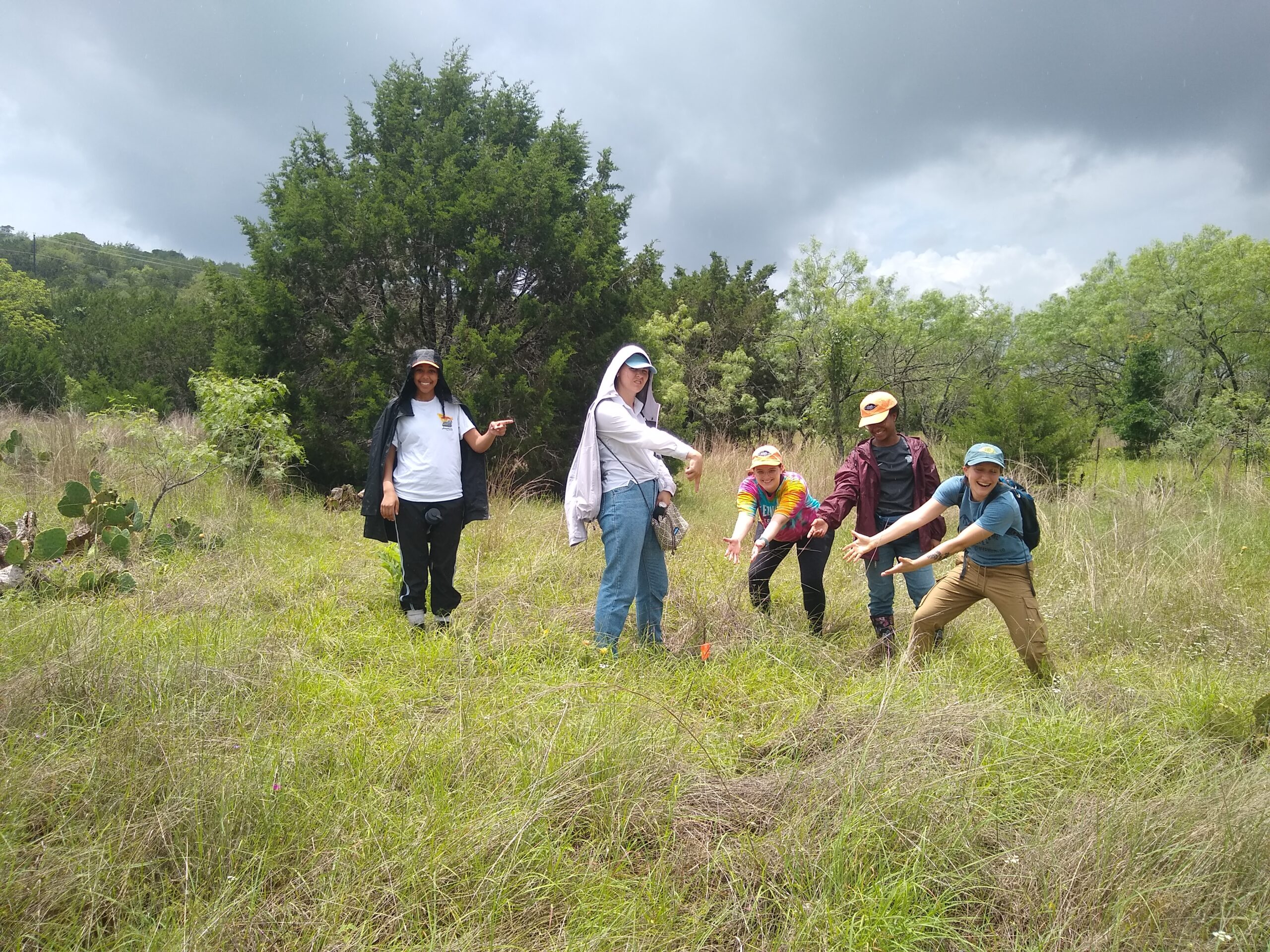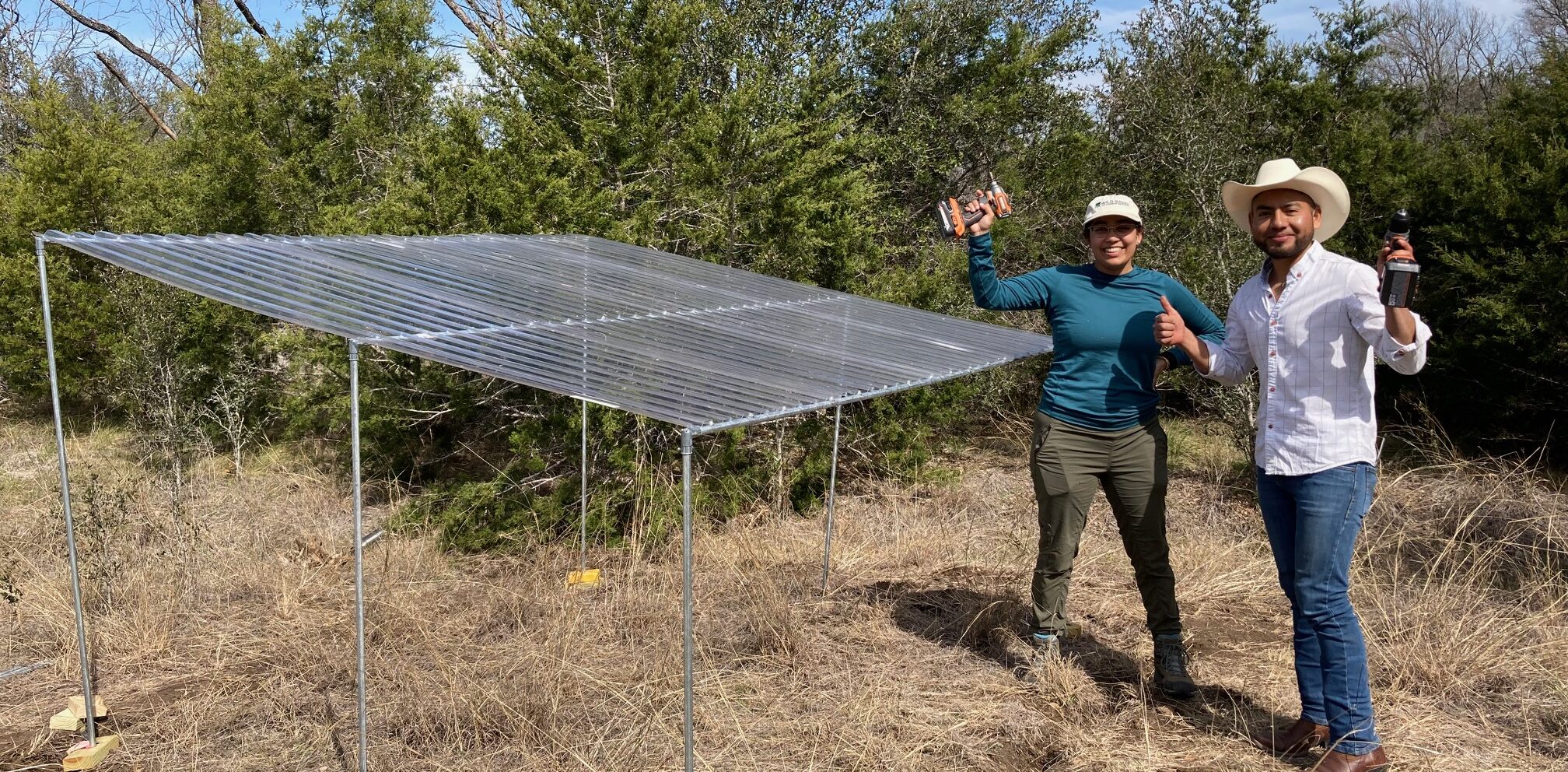Ecosystem Management in an Era of Global Change
My research interests are in invasive species biology and management, ecological restoration, and climate change impacts and mitigation. I worked on cheatgrass (Bromus tectorum) invasion in the Eastern Sierra-Great Basin sagebrush steppe ecosystem and mixed-grass prairie of the Colorado Front Range for about a decade before moving to Central Texas. My research investigated impacts of global change on cheatgrass spread, management of cheatgrass at the edge of the invasion, plant-soil interactions, and novel ecosystems. Since moving to Central Texas in 2016, my focus has shifted to managing invasive species in grassland and woodland systems of the Hill Country and in urban ecosystems here in Austin. I employ a diversity of research methods, including ecological field trials, greenhouse experiments, and stakeholder interviews to measure impacts of global change on plant communities and ecosystems and to test the effectiveness and feasibility of land management approaches.
Ecosystem services associated with urban prairie restoration
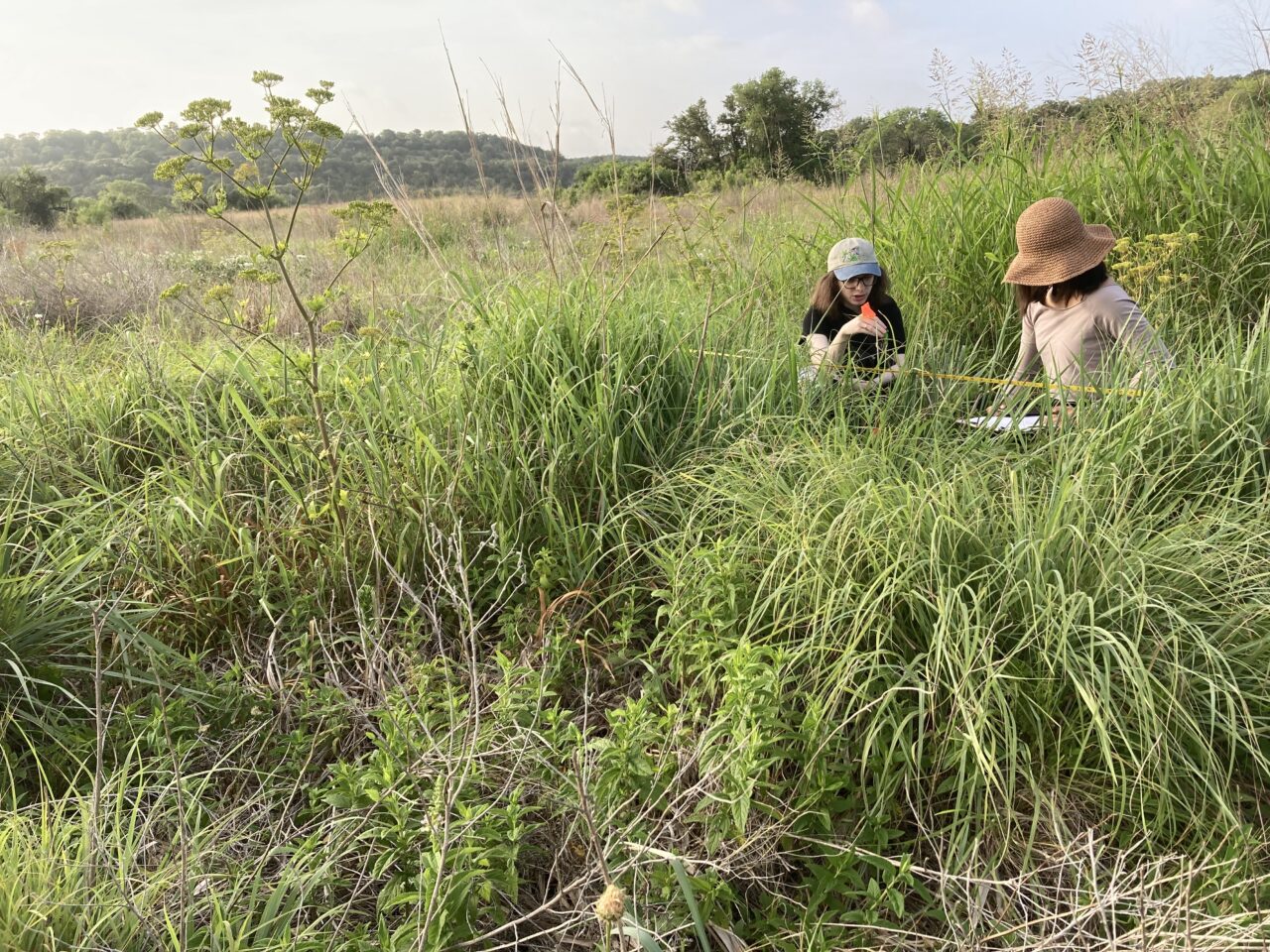 Urbanization and sprawl have led to dramatic losses in biodiversity due to habitat fragmentation and degradation. While green spaces within cities can act as refuges for remnant populations of native plant and wildlife species, their degraded state often leads to homogenization and low biodiversity. Opportunistic introduced species can colonize and spread in disturbed urban green spaces, displacing habitat for native flora and fauna and altering ecosystem functioning. As most US citizens live in urban environments (80.7% according to the most recent US Census), visiting urban green spaces may be their only option for connection with nature. Restoration of urban green spaces can serve to ameliorate some of these negative ecological impacts, while simultaneously increasing recreational and cultural opportunities for nearby residents. Quantifying the benefits of restoration in urban green spaces is important, because costs of treatments are often prohibitive. Since 2017, I have been measuring plant diversity and ecosystem services of a restored prairie at Commons Ford Ranch Metropark with the help of many St. Edward’s students. The site was dominated by a mix of invasive grasses including King Ranch bluestem, Johnsongrass, and crabgrass, until a large restoration effort occurred in 2011-12, which included prescribed fire, herbicides, and seeding >70 species of native Texas grassland plants. My work focuses on quantifying plant diversity responses to the restoration treatment, and I have advised several student research projects focused on quantifying differences in ecosystem services between the restored site and a nearby unrestored degraded grassland. See the Commons Ford Prairie Restoration Organization’s blog for more information about the treatments, and my Outreach page for summaries of our research results.
Urbanization and sprawl have led to dramatic losses in biodiversity due to habitat fragmentation and degradation. While green spaces within cities can act as refuges for remnant populations of native plant and wildlife species, their degraded state often leads to homogenization and low biodiversity. Opportunistic introduced species can colonize and spread in disturbed urban green spaces, displacing habitat for native flora and fauna and altering ecosystem functioning. As most US citizens live in urban environments (80.7% according to the most recent US Census), visiting urban green spaces may be their only option for connection with nature. Restoration of urban green spaces can serve to ameliorate some of these negative ecological impacts, while simultaneously increasing recreational and cultural opportunities for nearby residents. Quantifying the benefits of restoration in urban green spaces is important, because costs of treatments are often prohibitive. Since 2017, I have been measuring plant diversity and ecosystem services of a restored prairie at Commons Ford Ranch Metropark with the help of many St. Edward’s students. The site was dominated by a mix of invasive grasses including King Ranch bluestem, Johnsongrass, and crabgrass, until a large restoration effort occurred in 2011-12, which included prescribed fire, herbicides, and seeding >70 species of native Texas grassland plants. My work focuses on quantifying plant diversity responses to the restoration treatment, and I have advised several student research projects focused on quantifying differences in ecosystem services between the restored site and a nearby unrestored degraded grassland. See the Commons Ford Prairie Restoration Organization’s blog for more information about the treatments, and my Outreach page for summaries of our research results.
Carbon storage in natural systems of Central Texas
Terrestrial ecosystems are estimated to take up about 25% of the excess CO2 that humans generate from fossil fuel emissions and deforestation each year, thus playing an important role in reducing the magnitude increase in radiative forcing by greenhouse gases. This mainly occurs through increased growth and productivity of land plants, which can vary dramatically across the earth’s surface by ecosystem type, climate, and land use, among other factors. The CO2 that is captured by land plants can be returned to the atmosphere quickly (e.g., via normal respiration processes or decomposition of short-lived plants when they die), or stored longer-term in plant tissue or soils. Environmental groups and policy makers interested in increasing terrestrial carbon sequestration to reduce climate change impacts often advocate for reforestation projects, which aim to sink more CO2 from the atmosphere into long-lived plant tissue. However, in recent years, scientists have also begun researching management practices that increase soil carbon sequestration. For example, no-till agriculture can result in decreased decomposition and increased soil organic matter. Other land management practices, such as alternative ranching systems, have also recently been investigated for their ability to increase soil carbon sequestration. Texas prairies have not yet been studied systematically for these purposes, though interest in “carbon farming” is apparent in the local news, blogs, and discussion groups. Since 2020, I have been working with student researchers on quantifying carbon storage in soils of grassland and woodland ecosystems of Central Texas. Our primary research objective is to better understand the types of habitat, and the methods of land management, that promote soil carbon sequestration. We are particularly interested in the role that invasive species, and conversely, restoration, plays in altering carbon storage. See my Outreach page for links to posters and presentations about our preliminary results.


Climate change impacts on Central Texas grasslands
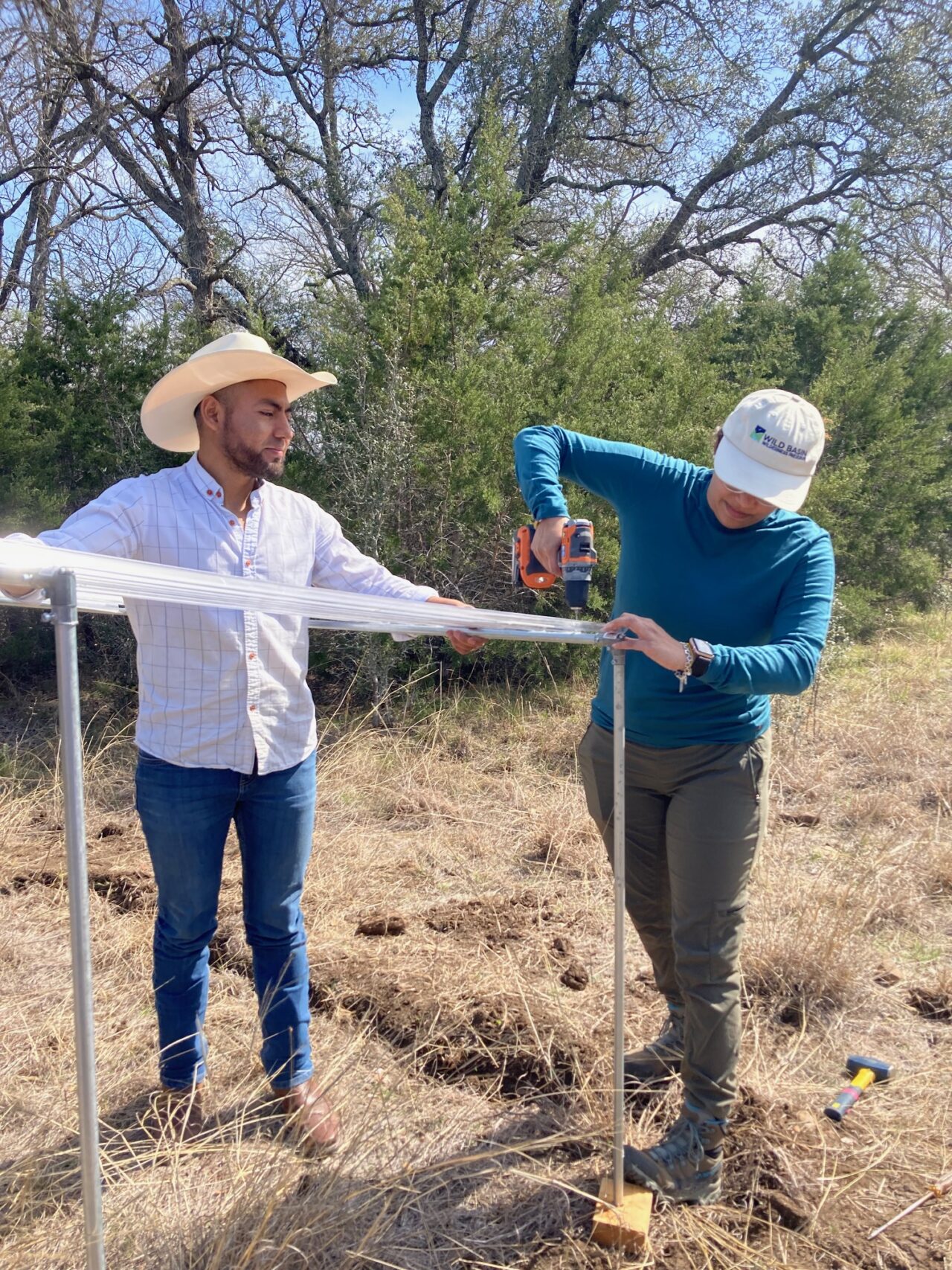 Spicewood Ranch is a 1250 acre ranch in Spicewood, TX, owned by Mr. Christopher Harte and managed for the purpose of conservation, restoration, and wildlife habitat. The ranch has been assembled through multiple purchases in a process Mr. Harte refers to as “de-fragmentation”, by purchasing over 35 individual parcels of land adjacent to one another over decades beginning in 1972. Mr. Harte’s late wife Kay, a landscape architect, set out to start restoring the land with the help of David Mahler, of Environmental Survey Consulting, almost 30 years ago. This restoration work continues today using prescribed fire, deer management, and the seeding and planting of native species. Mr. Harte was awarded the TPWD Lone Star Stewards Award in 2018 and the story of his ranch was featured in a short video, available here. In 2019, I worked to set up an Ecolab Agreement between St. Edward’s University and Mr. Harte so that St. Edward’s students and faculty can conduct research on his land, and began conducting research on carbon storage and ecosystem services associated with restored and invaded grasslands (see descriptions above). Since 2021, I have been working on a research project funded through the SEU School of Natural Sciences i4 program with Dr. Kim O’Keefe, a plant physiologist in the Biology Department. We set up a drought experiment using rain-out shelters to measure impacts of extreme drought on plant communities, physiology, and ecosystem function in restored and unrestored grassland sites at the ranch. See preliminary results from our research on my Outreach page, and reach out if you are a St. Edward’s student and want to get involved!
Spicewood Ranch is a 1250 acre ranch in Spicewood, TX, owned by Mr. Christopher Harte and managed for the purpose of conservation, restoration, and wildlife habitat. The ranch has been assembled through multiple purchases in a process Mr. Harte refers to as “de-fragmentation”, by purchasing over 35 individual parcels of land adjacent to one another over decades beginning in 1972. Mr. Harte’s late wife Kay, a landscape architect, set out to start restoring the land with the help of David Mahler, of Environmental Survey Consulting, almost 30 years ago. This restoration work continues today using prescribed fire, deer management, and the seeding and planting of native species. Mr. Harte was awarded the TPWD Lone Star Stewards Award in 2018 and the story of his ranch was featured in a short video, available here. In 2019, I worked to set up an Ecolab Agreement between St. Edward’s University and Mr. Harte so that St. Edward’s students and faculty can conduct research on his land, and began conducting research on carbon storage and ecosystem services associated with restored and invaded grasslands (see descriptions above). Since 2021, I have been working on a research project funded through the SEU School of Natural Sciences i4 program with Dr. Kim O’Keefe, a plant physiologist in the Biology Department. We set up a drought experiment using rain-out shelters to measure impacts of extreme drought on plant communities, physiology, and ecosystem function in restored and unrestored grassland sites at the ranch. See preliminary results from our research on my Outreach page, and reach out if you are a St. Edward’s student and want to get involved!





The CLI-RES Living Lab: Climate resiliency of the urban tree canopy
Central Texas urban trees are under threat from increased stress due to extreme drought, high temperatures, freeze events, pests and pathogens. Over just the last 3 years, Central Texas has experienced two extreme freeze events (Feb 2021, Feb 2023) that resulted in dramatic losses and damage to Austin’s urban canopy. In the meantime, extreme heat days are increasing during the summer causing evaporative losses to soil water and additional stress on trees. Trees provide crucial ecosystem services in urban areas, and will only become more important with climate change. For example, trees provide shade during extreme heat events and reduce run-off by increasing infiltration during flooding events. In order to increase our canopy coverage in Austin, there is a need for (1) improved information about which tree species are best suited for changing conditions, (2) outreach efforts that provide this information to residents, organizations, and agencies, and (3) availability of tree and shrub seedlings from diverse, native, climate-adapted species. In 2023, we launched the CLI-RES Living Lab on the SEU campus to address these research, outreach, and management needs. Our specific objectives are: 1) to create an adaptive management plan to increase campus tree diversity and resiliency; 2) act as a living laboratory for climate-smart tree planting and maintenance; and 3) develop an internship program for monitoring and community outreach. My campus collaborators on this project include Associate Professor of Teacher Education and Environmental Science Dr. Steve Fletcher, Campus Arborist and Grounds Lead Roy Johnson, and Vice President of University Operations Jim Morris. My role is to collect ecological data and conduct research with students that advances the overarching Living Lab goals. For example, in my Climate Change and Chemistry in the Environment courses, students will measure survival, growth and vigor of climate-smart tree seedlings, along with the impact of tree plantings on soil physical and chemical properties. I have worked with students in the ENSP 4352 capstone course to research soil physical and chemical properties related to climate change mitigation and adaptation (e.g., soil carbon sequestration, infiltration of flood water during extreme rainfall events, microbial activity) on our campus and at Festival Beach. Additional research projects could include testing hypotheses about which tree species are best adapted for Austin’s changing climate conditions using greenhouse experiments and in-situ measurements of campus trees.
If you are a student interested in an internship or research opportunities with this project, please contact me at aconcili@stedwards.edu.




